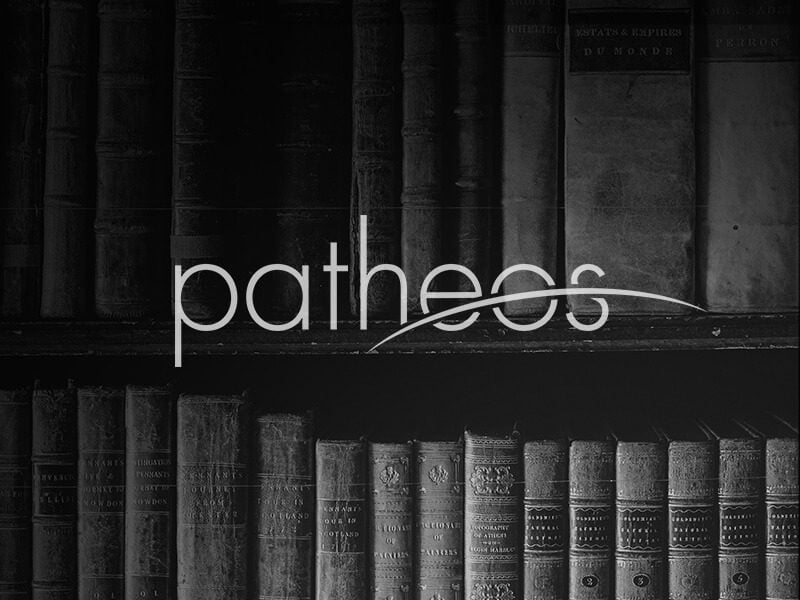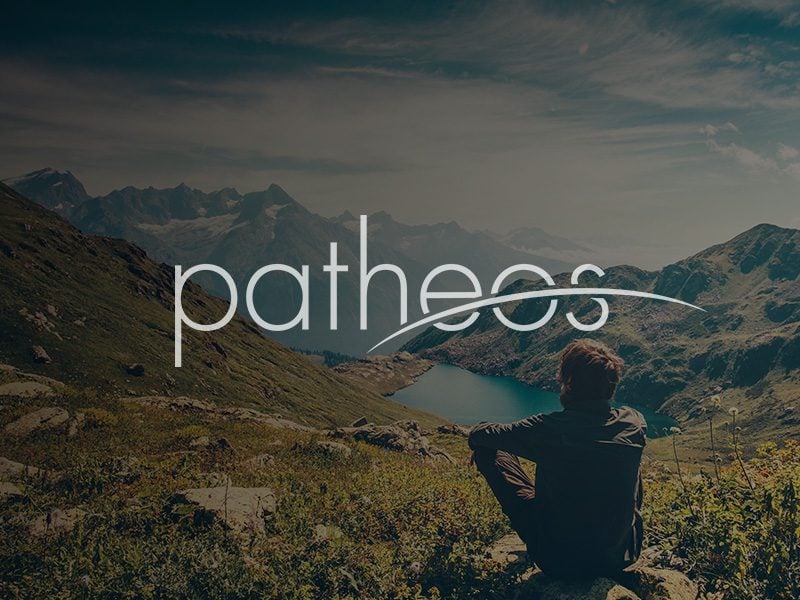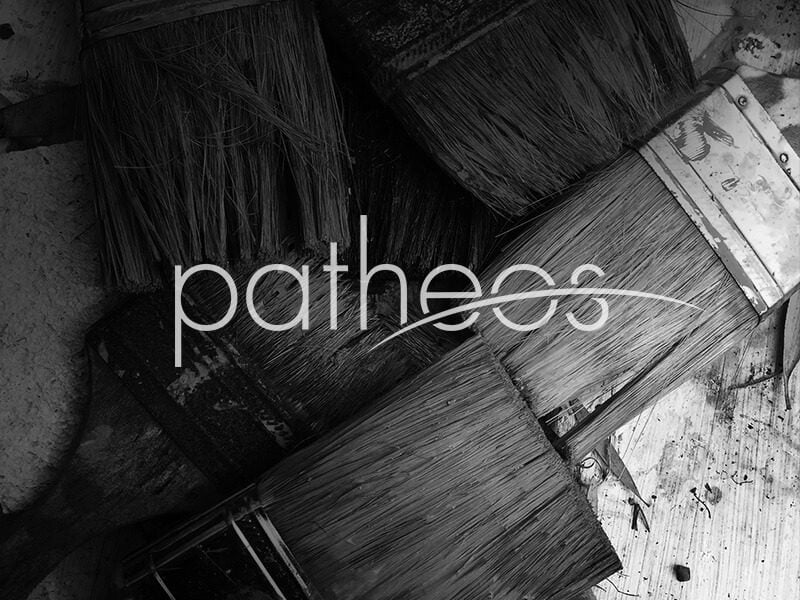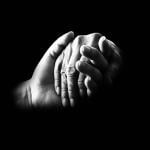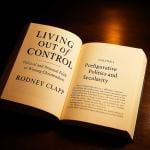The aforementioned reader in anthropology of religion includes Talal Asad’s essay on the construction of “religion” as an anthropological concept. He argues that it is usually assumed, for instance, that medieval “religion” was the same in essence as modern religion, but that “its social extension and function were different in the two epochs.” This makes religion “a transhistorical and transcultural phenomenon” that by what is perhaps a “happy accident” dovetails exactly with the “liberal demand in our time that [religion] be kept quite separate from politics, law, and science – spaces in which varieties of power and reason articulate our distinctively modern life. This definition is at once part of a strategy (for secular liberals) of the confinement, and (for liberal Christians) of the defense of religion.”
But the “separation of religion from power” is not universal but “the product of a unique post-Reformation history.” This misconstrues Islam as an effort to couple two distinct realities – religion and politics” and “at its most dubious, such attempts encourage us to take up an a priori position in which religious discourse in the political arena is seen as a disguise for political power.”


